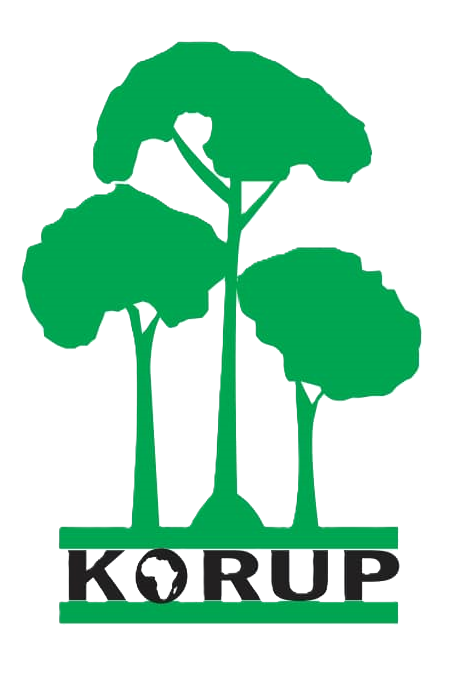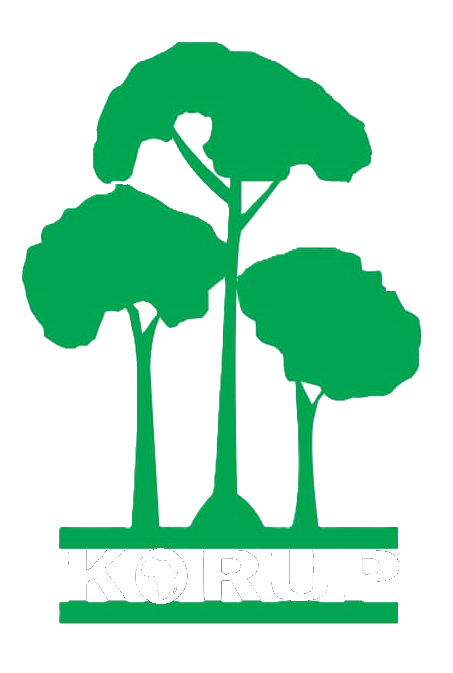Conservation at Korup National Park
- Home
- Collaborative Management

Why Conservation Matters
Korup National Park is one of Africa’s oldest and richest rainforests, dating back over 60 million years. Its incredible biodiversity includes:
161 species of mammals (elephant, chimpanzee, drill, Preuss’ red colobus).
410 bird species, including restricted-range and migratory species.
3,500+ vascular plants, many endemic, with unique medicinal value (Ancistrocladus korupensis, source of anti-HIV compound Michellamine B).
Hundreds of reptiles, amphibians, fish, bats, and butterflies.
Protecting Korup is not just about saving wildlife — it is about safeguarding a living laboratory for science, preserving medicinal plants, and supporting local communities whose lives are tied to the forest.
Key Conservation Challenges
Despite its status, Korup faces serious pressures:
Poaching and overhunting of wildlife.
Illegal logging and resource exploitation.
Encroachment and farm expansion around park boundaries.
Human–wildlife conflicts, especially in enclave villages.
Limited personnel and sustainable financing to manage such a vast area
Conservation Actions & Achievements

Collaborative Management
Since 2011, all 32 villages in and around Korup have been grouped into six clusters, working together with park services in a participatory management model. This approach empowers local communities as partners in conservation.
Support from PSMNR–SWR
The Programme for the Sustainable Management of Natural Resources (PSMNR–SWR), co-funded by the German Cooperation (KfW), has supported Korup since 2006. Contributions include:
Training and equipping eco-guards.
Financing anti-poaching patrols and bio-monitoring.
Supporting land-use planning through Permanent User Zones (PUZs) that define areas for farms, settlements, and conservation.
Gun Surrender & Trap Removal
Engagement with local hunters has resulted in:
37 hunting guns surrendered.
Thousands of traps removed from the forest.
Alternative Livelihoods
To reduce reliance on hunting and logging, former hunters and youth are supported with:
Vocational training in auto mechanics, ICT, woodwork, and construction.
Improved farming techniques (cocoa, cassava, piggery, poultry).
Community nurseries producing indigenous fruit trees, bush mango, and medicinal plants.
Education & Youth Empowerment
Scholarship schemes: Local youths are funded to study forestry and wildlife.
Environmental education campaigns help build conservation awareness among communities.

How You Can Help
- Choosing eco-friendly tours and hiring local guides.
- Donating to community projects that provide alternatives to poaching.
- Supporting conservation NGOs working in Korup
- Donating to community projects that provide alternatives to poaching.
- Spreading awareness of Korup’s global importance.
Future Outlook
Korup is a candidate for recognition as a UNESCO Biosphere Reserve and as part of the Korup–Oban Transboundary Biosphere Reserve with Nigeria. These designations will strengthen international support and funding for conservation

